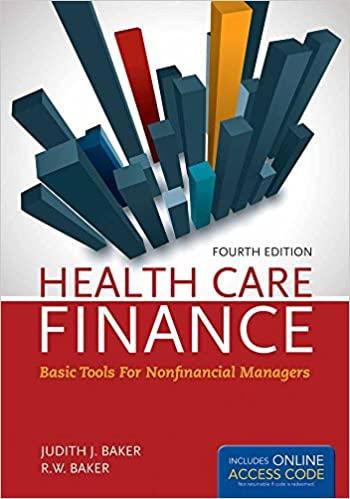Answered step by step
Verified Expert Solution
Question
1 Approved Answer
Consider a risk - averse investor with the power preferences ( where denotes the risk aver - sion magnitude ) and an initial fund value
Consider a riskaverse investor with the power preferences where denotes the risk aver
sion magnitude and an initial fund value of at date The investment
environment offers two alternatives to the investors including: i a safe asset with a fixed
riskfree rate per invested unit between dates and ; and ii common
equity share of a private company. The equity return involves risk depending on
the future company's performance. Consider that the company's dividend per share value
summarises the performance and follows a Normal distribution with for
any future date
Q Assume that the investor intends to invest all of their fund value where the fraction
is allocated to the risky investment and the remaining is allocated to the
riskfree investment such that Derive the pricing expres
sion for the common equity price per share according to the first fundamental
asset pricing equation. Denote all additional terms you used and define the stochastic
discount factor in this context. page
Q Suppose the investor considers two scenarios where is predetermined: the equity
share is priced based on the stochastic discount factor obtained in the previous part
when and second when the stochastic discount factor includes Under
both scenarios, compute the present value of the equity share from the perspective
date Suppose that and include brief
derivations and final numerical answers: page
Q Provide an asset pricing argument to explain the difference between valuations.
lines
Q Consider an alternative scenario where is not predetermined therefore the valu
ation depends upon the optimal value of the allocation to each asset. Assume the
noarbitrage condition and discuss the steps the investors undertakes to compute the
optimal value The answer is expected to identify main considerations through
out the pricing procedure and provide methodological approaches used to address
the considerations. Structure the answers under separate bullet points. page
Q What is optimal allocation of funds to the risky investment? Your answer should
only provide the fraction or overall fund allocated. line
Clearly separate and number answers to each of the parts QQ in the submitted docu
ment.

Step by Step Solution
There are 3 Steps involved in it
Step: 1

Get Instant Access to Expert-Tailored Solutions
See step-by-step solutions with expert insights and AI powered tools for academic success
Step: 2

Step: 3

Ace Your Homework with AI
Get the answers you need in no time with our AI-driven, step-by-step assistance
Get Started


